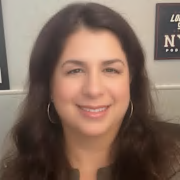Best and Worst Giants Draft Picks Since 2010
When looking for a reason why the Giants franchise deteriorated in terms of quality football, the challenge has been picking the right players and developing to where they're earning a second contract from the team.
Unfortunately, that's been a struggle. The 2011-17 drafts, which should have yielded several players on their second contracts with the club, but which instead have produced no players.
As far as draft picks that have received second contracts since the 2010 class, only defensive end Jason Pierre-Paul, receiver Odell Beckham Jr, and receiver Sterling Shepard received new deals after their rookie contracts expired.
Simply put, the Giants draft record has been atrocious, even when gems have been uncovered. Here is a look at the last five classes, in which we break down each class by starters, backups, on other teams and out of the league:

As we count down the days until a new Giants draft class arrives, let’s look back at the best, and the worst Giants draft picks since 2010.
2010: Best: DE Jason Pierre-Paul, South Florida (Round 1); Worst: P Matt Dodge, East Carolina (Round 7).
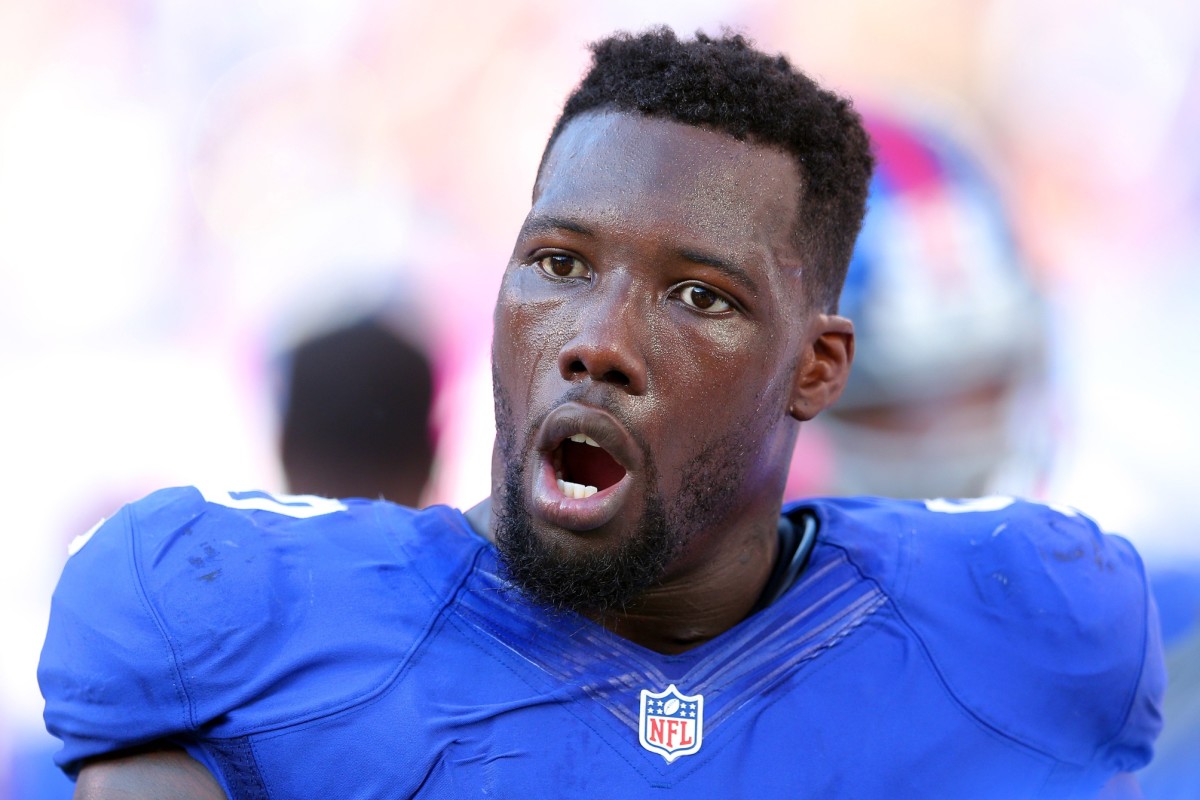
Pierre-Paul earned an All-Pro honor and was the only Giants defender in the decade to twice record double-digit sacks in different seasons (2011 and 2014). Even though the Giants moved on from Pierre-Paul, who in 2015 lost fingers in a fireworks-related accident, Pierre-Paul has still been pretty productive for the Bucs, recording 21.0 sacks in the last two seasons.
I didn’t so much have an issue with taking a flier on a punter in the seventh round. However, when Dodge proved he couldn’t handle the holder duties for kicker Lawrence Tynes and became the catalyst in the Miracle at the New Meadowlands, that was the straw that broke the camel's back.
2011: Best: CB Prince Amukamara, Nebraska (Round 1); Worst: DT Marvin Austin, North Carolina (Round 2).
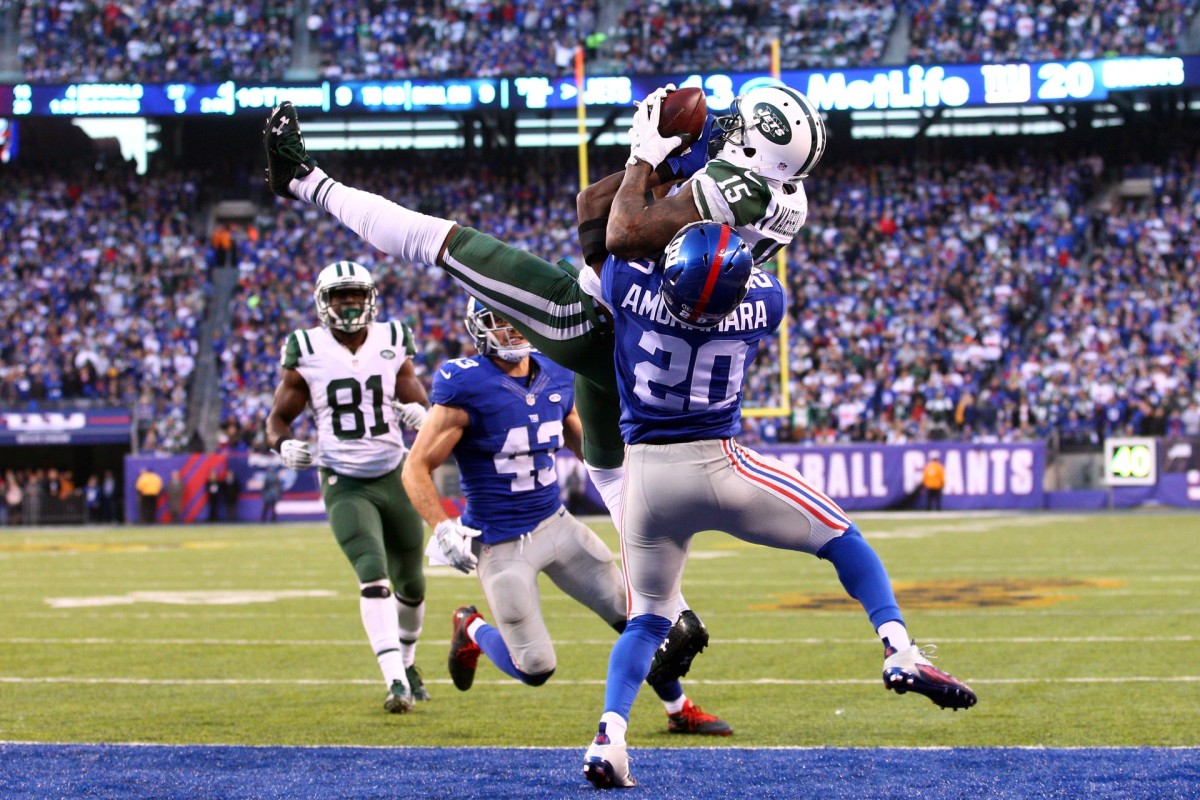
In retrospect, the Giants’ 2011 draft class was underwhelming across the board, but at least Amukamara managed to find staying power even after he moved on from the Giants. He’s currently a free agent, but he looks as though he can still deliver some quality snaps in a reduced role.
A torn pectoral muscle cut short Austin’s rookie season with the Giants, but even before that, some character concerns made Austin the type of risky pick that these days the Giants have made a better effort to avoid. As a postscript to this pick, then general manager Jerry Reese sought the input of receiver Hakeem Nicks, a teammate of Austin’s at North Carolina, regarding Austin’s character, which made it an even bigger head-scratching decision.
2012: Best: WR Reuben Randle, LSU (Round 2); Worst: TE Adrien Robinson, Cincinnati (Round 4).
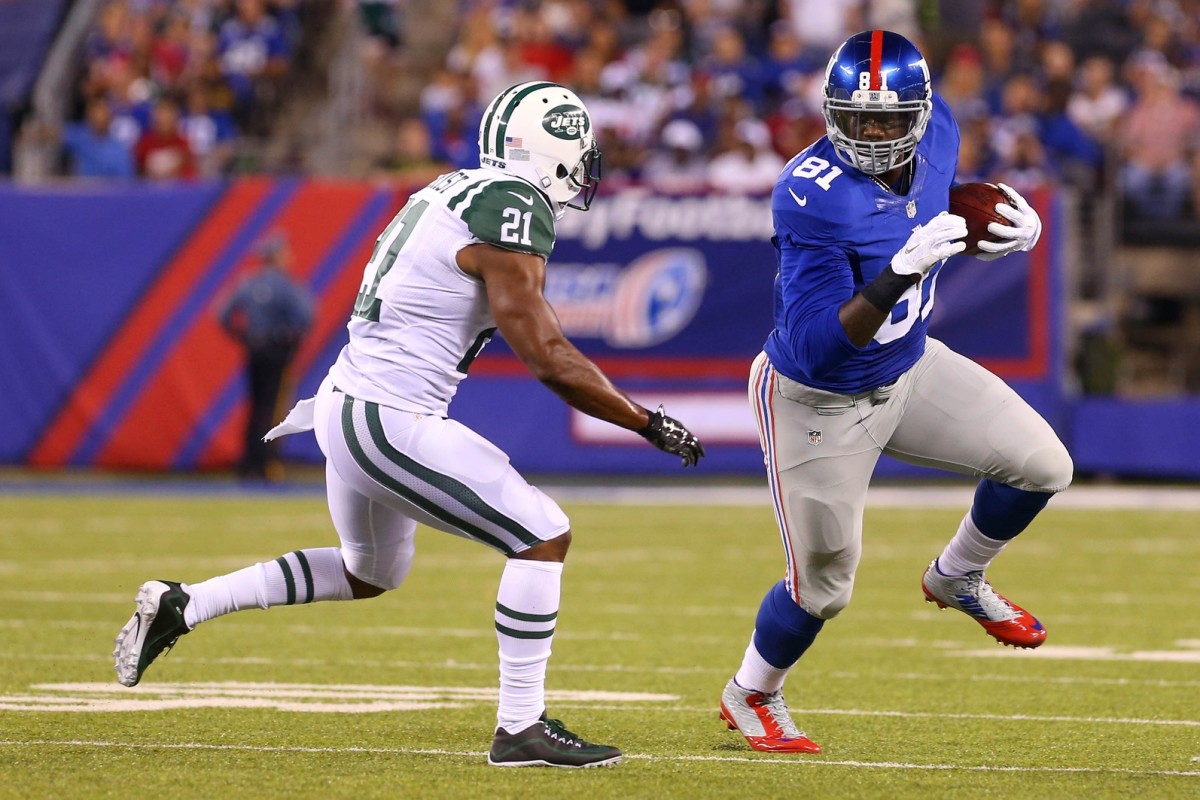
Randle was the most productive of an otherwise poor draft class, so by default, that makes him the best pick of this class. Also, give credit to Randle, who, after a slow start to his career in which he only started four games in his first two seasons, developed into a starter. In 2014, he recorded career highs in receptions (71), targets (127), and receiving yards (938) while somehow managing to match his career-low in touchdowns (3) first set in his rookie season.
There were a lot of candidates to choose from for the worst pick in this class, but I’m going with the guy whom former general manager Jerry Reese labeled “the JPP (Jason Pierre-Paul) of tight ends.” Reese was speaking about Robinson’s physical traits, but unfortunately, he wasn’t able to convert those physical gifts into production.
2013: Best: DT Johnathan Hankins, Ohio State (Round 2); Worst: QB Ryan Nassib, Syracuse (Round 4).
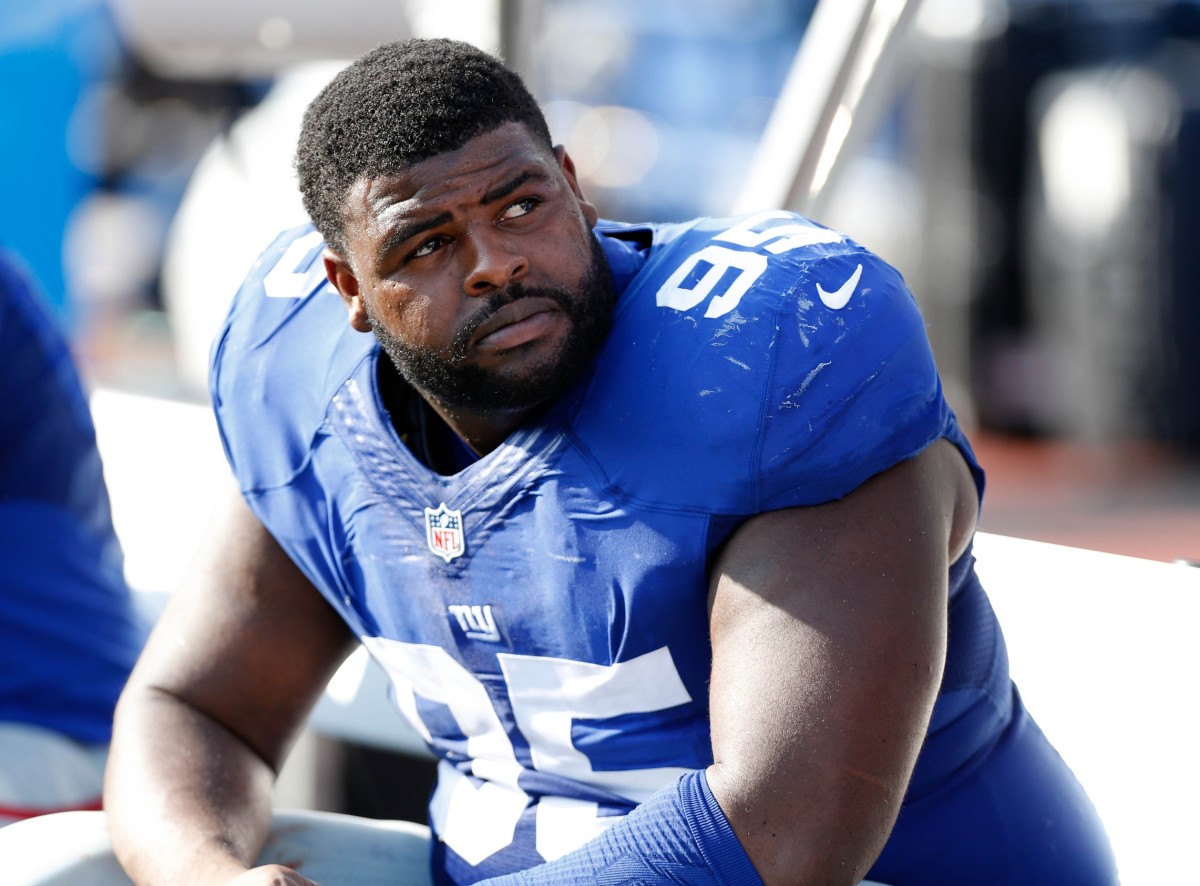
For a while, Hankins looked like he’d be a long-term answer on the Giants defensive line, especially after his second season in which he recorded a career-high 7.0 sacks. He wasn’t quite as productive in 2016 when he recorded 43 tackles and 3.0 sacks, but he was part of a defensive unit that helped the Giants get to the playoffs for the first time since the 2011 season.
There were a lot of candidates to pick for the worst draft pick from this class, but I went with Nassib for the sole reason that the Giants traded up to get him in the fourth round because he represented “value.” Well, some value as he only completed nine out of 10 passes in five games before moving on to Jacksonville and then later on New Orleans. If you’re going to give up draft assets, shouldn’t you at least be able to get more than that?
2014: Best: WR Odell Beckham Jr, LSU (Round 1). Worst: DT Jay Bromley, Syracuse (Round 3).
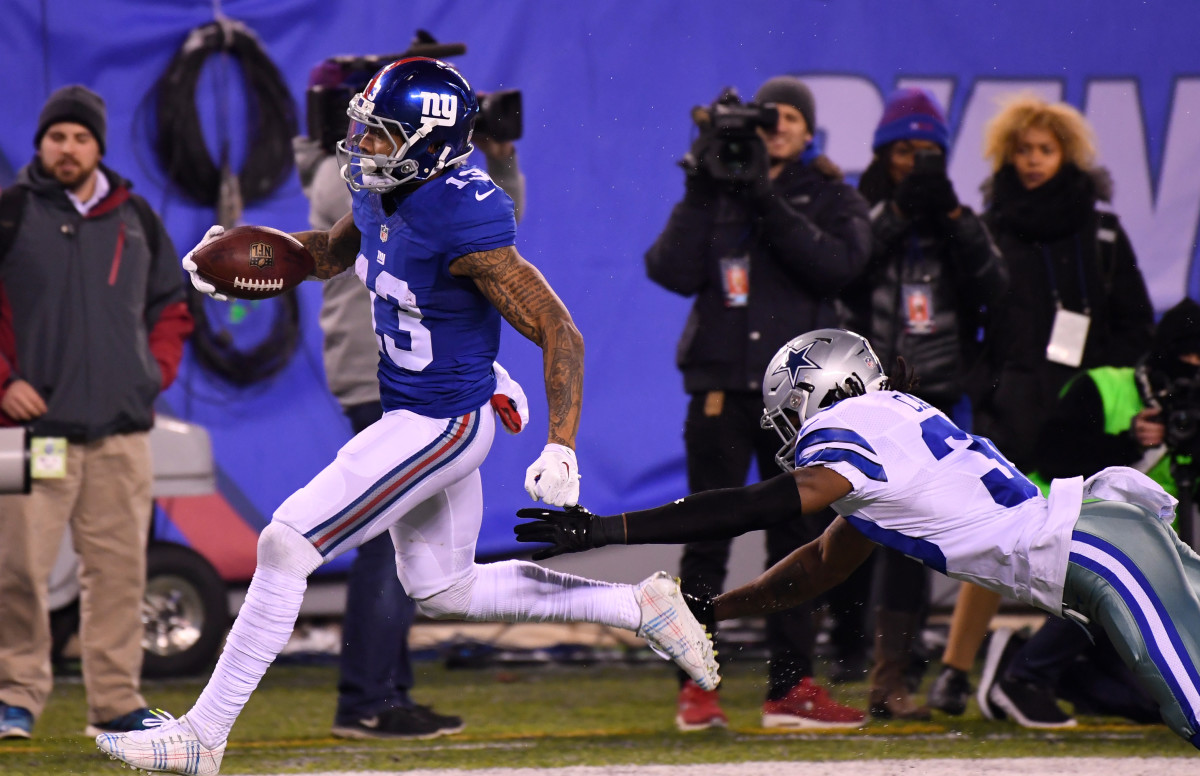
Despite his off-field antics, there was no denying that Beckham was an electrifying talent who gave the Giants fans something to smile about at a time when the team was sliding in the wrong direction.
I remember being surprised that Bromley went so high in the draft as if I recall correctly, he was projected as a mid-Day 3 prospect. Again, if you’re doing your drafts right, your picks in the first three rounds typically get on the field by the end of their rookie season. Such was not the case though for Bromley, who appeared in just eight games with zero starts as he was mostly a healthy scratch that season.
2015: Best: S Landon Collins, Alabama (Round 2); Worst: LT Ereck Flowers, Miami (Round 1).
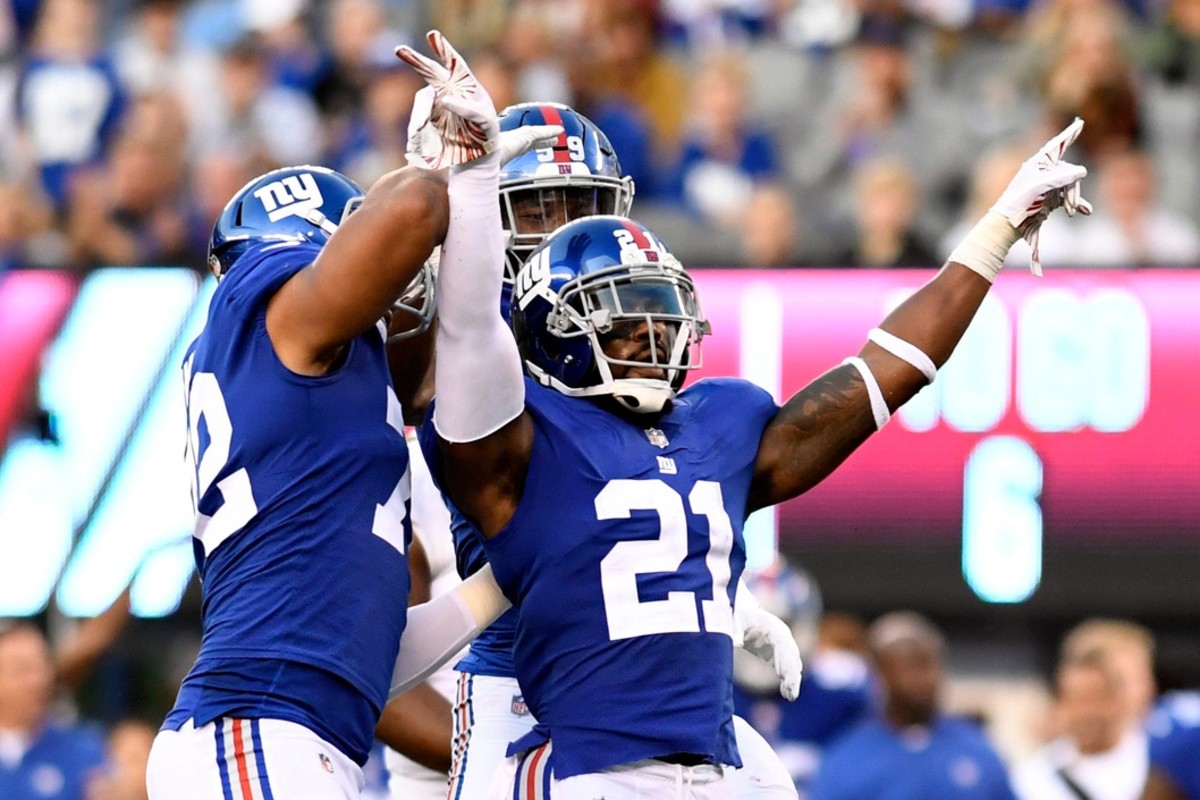
From the first moment Collins set foot in the Giants locker room, you just knew Landon Collins was going to be something special. And he was, in that he was a leader who held himself and his teammates accountable.
He was also productive, sitting at or near the top of the tackles board every season. Was he a complete safety in terms of coverage ability? You can make a case that he wasn’t, but Collins, whom the Giants traded up to get at the top of Round 2 in 2015, was a reliable producer for the defense.
Whether it was a matter of Flowers simply not wanting to be in New York, the coaching staff failing to use him properly, or a combination, Flowers was one of the worst Giants first-round draft pick since defensive tackle William Joseph, also out of Miami, in 2003.
2016: Best: WR Sterling Shepard (Round 2); Worst: CB Eli Apple, Ohio State (Round 1).
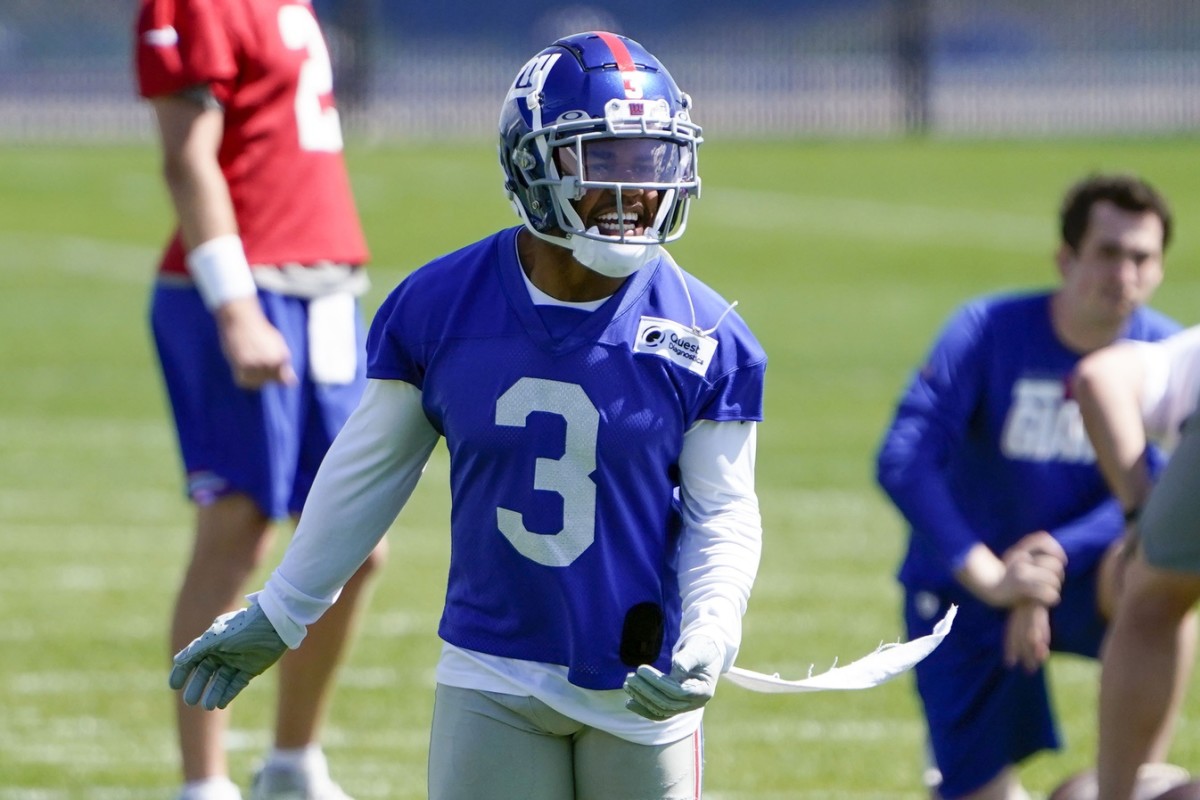
I loved the selection of Sterling Shepard because of the value and timing. Victor Cruz, remember, was trying to come back from a devastating torn patellar injury in his knee, and Shepard represented his eventual successor.
But the thing that makes Shepard a homerun is how mature he’s always been in embracing a leadership role on the team without being an in-your-face type of guy. Let’s hope that in what should be his final season as a Giant this year, the longet tenured member of the team closes out his career on a high note.
The selection of Apple always seemed like a knee-jerk reaction type of pick once the Giants were outfoxed by Chicago and Tennessee, respectively, for Leonard Floyd and Jack Conklin. Apple seemed to be his own worst enemy by raising some questions about his maturity that spelled an ugly end to his short tenure with the team.
2017: Best: DT Dalvin Tomlinson, Alabama (Round 2). Tomlinson. Worst: QB Davis Webb, Cal (Round 3).
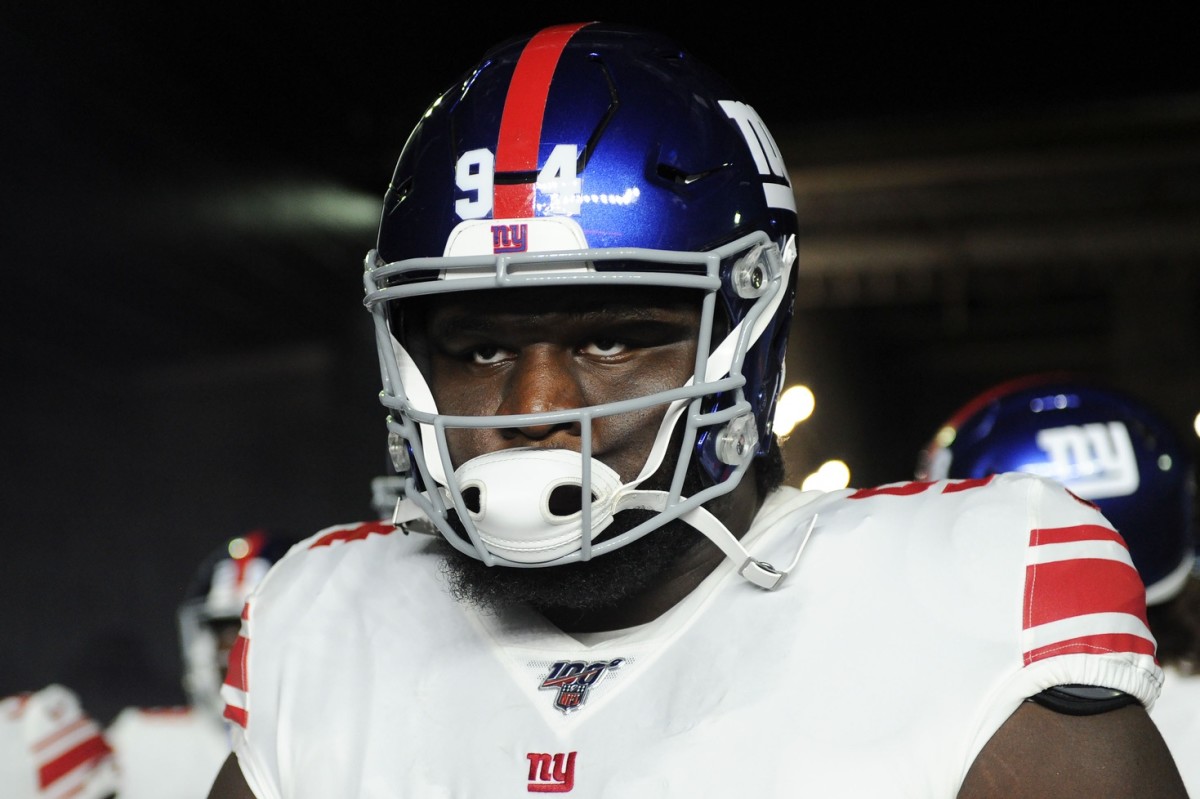
Tomlinson didn't log gaugdy numbers, but he was consistent, he never missed a game due to injury, and he was very much an underrated part of the Giants run defense that the team desperately missed last year after he let via free agency.
I hoped that Webb would become the next Jeff Hostetler, a third-round pick who, when called upon, stepped in and allowed the Giants not to miss a beat when starter Phil Simms went down. That didn't happen, though, and not because Eli Manning was an iron man.
The biggest head-scratcher was that the coaching staff seemed to drag its heels in developing Webb. I also believe it's a waste if your picks in the first three rounds aren’t on the field contributing in some capacity by the end of their rookie season, especially for a team that was in a clear rebuild.
Although Webb is back with the Giants under Brian Daboll, that the Giants spent a third-round pick to get him only to never get him on the field is a headscratcher.
2018: Best: RB Saquon Barkley, Penn State (Round 1); Worst: QB Kyle Lauletta, Richmond (Round 4).
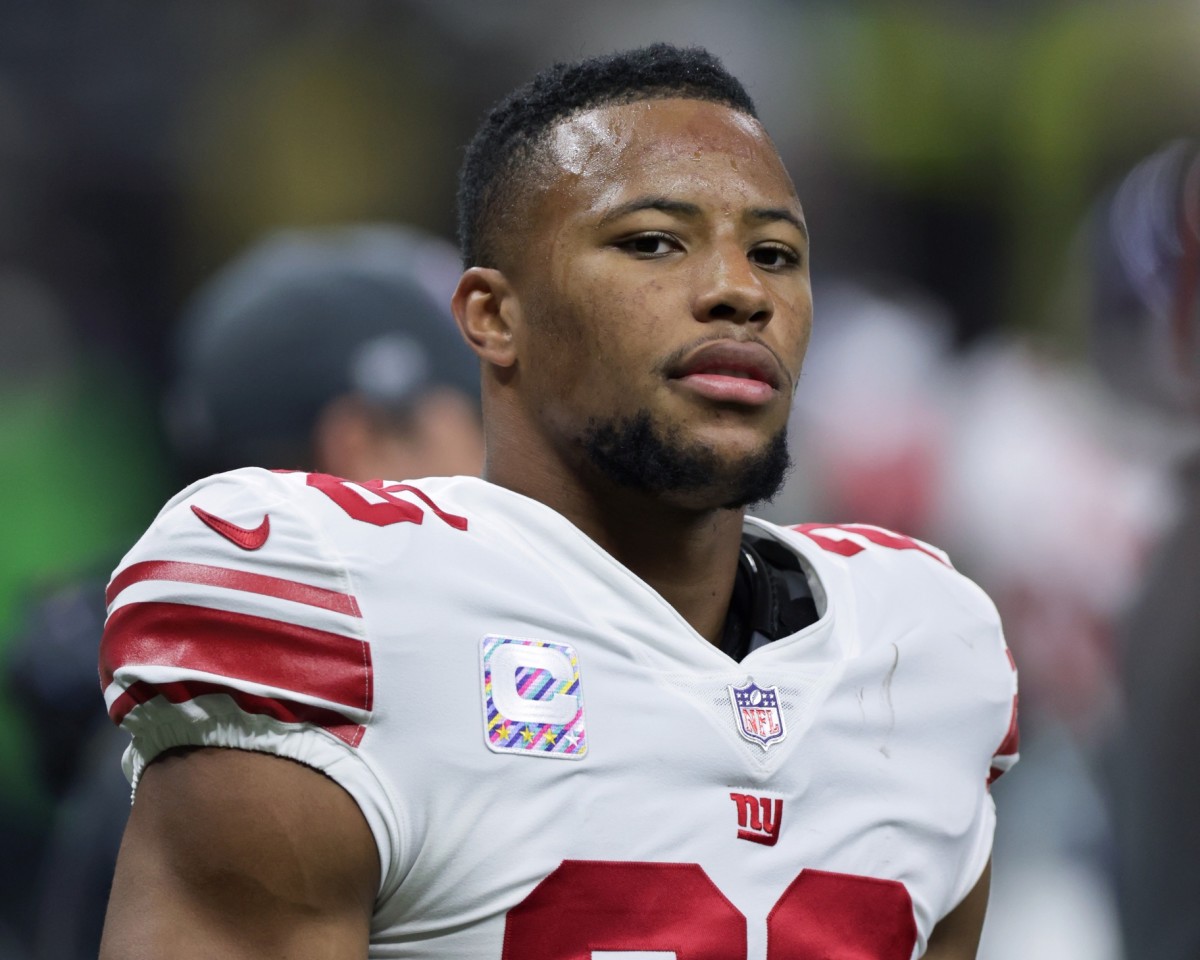
Despite his injuries of late and where he was selected overall (both not his fault, by the way), there's no denying that Barkley is one of the more exciting players to come along in the post-Beckham era. The lone surviving member of the 2018 Giants draft class--everyone else was cut or moved on via free agency--Barkley is hoping to be the first Giants first-round draft pick to earn a second contract fromthe team since Beckham.
From his off-field indiscretion to the fact that when he did get on the field for some late season snaps in 2018, he flopped, Lauletta just proved to be the latest in a long line of Giants quarterback prospects that didn’t pan out.
2019: Best: DL Dexter Lawrence, Clemson (Round 1B); Worst: OT George Asafo-Adjei, Kentucky (Round 7).
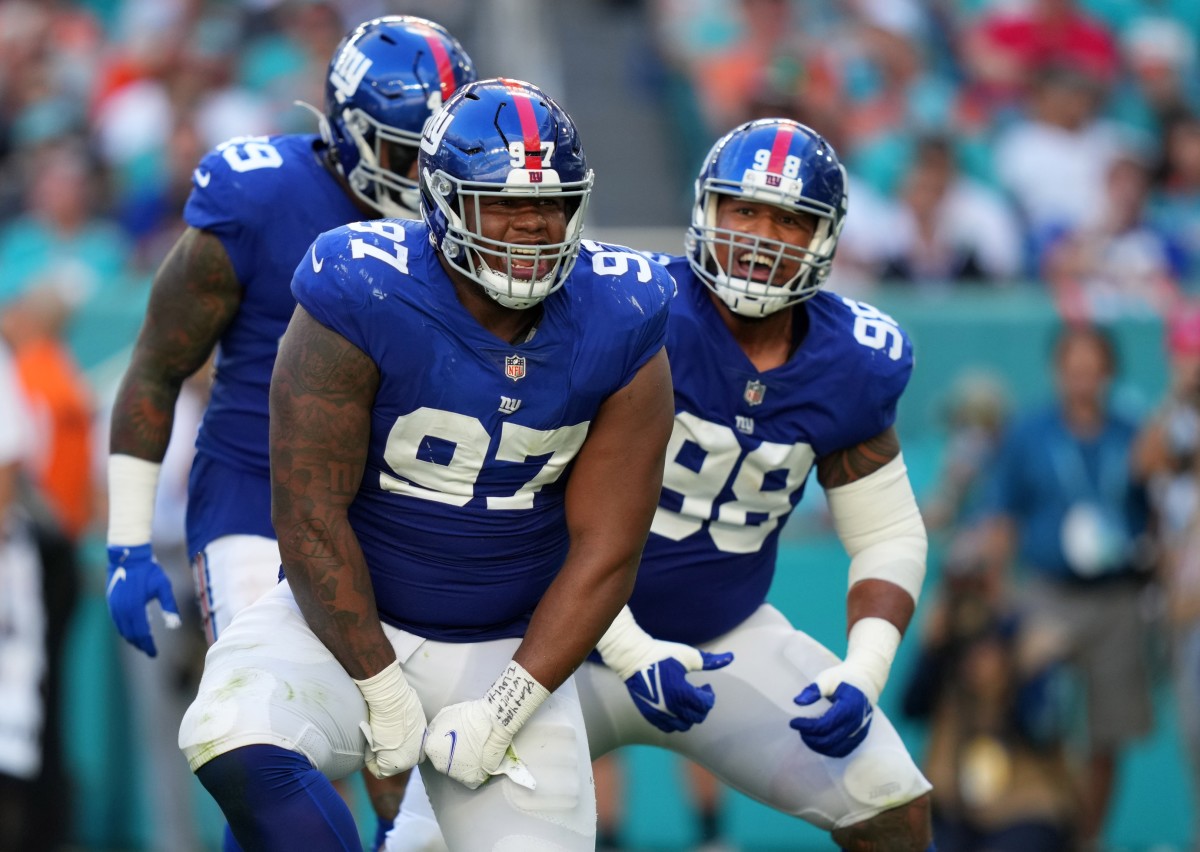
Lawrence has been more consistent than any of the other picks in this class (including quarterback Daniel Jones), which gives him the edge for the best pick in this class.
It’s not Asafo-Adjei’s fault that he suffered a concussion that stunted his development and ultimately may have led to his being waived. While some will question the wisdom in listing him as the worst draft pick of this class, considering we all heard the stories about how he held his own against edge rusher Josh Allen in practices and his teammate at Kentucky, it was disappointing not to see that take shape on the NFL gridiron.
2020: Best: OT Andrew Thomas, Georgia (Round 1); Worst: OT Matt Peart (Round 3).
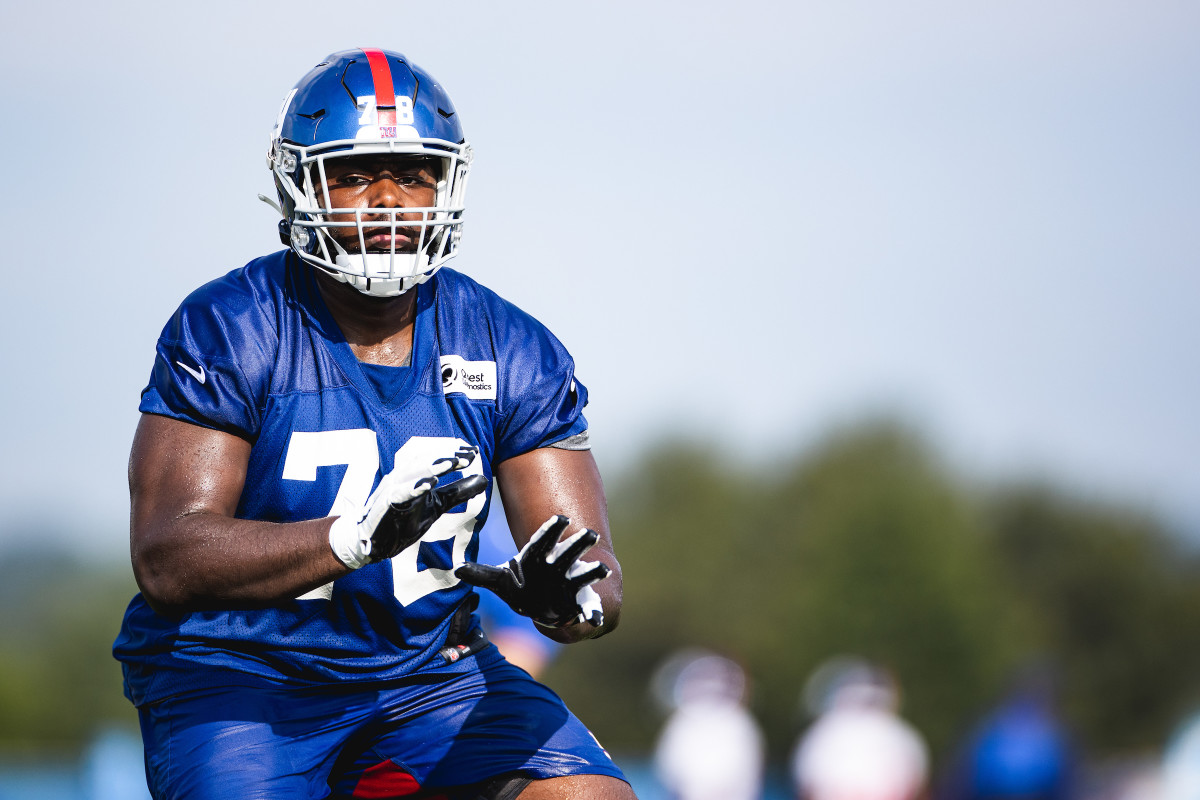
Thomas edges out safety Xavier McKinney (barely) because his presence finally solidified the left tackle spot on the offensive line. After a rough rookie campaign, Thomas took a big leap forward last year despite dealing with a bad ankle. The hope is that he can continue progressing toward All-Pro status with that problem behind him.
Peart appeared to have everything he needed to make a push for the starting right tackle job. After an encouraging, albeit limited rookie campaign in which he took rotational snaps, Peart hurt his back last spring, which set him back in his competition with Nate Solder, who had returned from a year away after opting out due to COVID-19.
And for as much as Solder struggled, Peart still couldn't make enough strides in practice to grab the starting job from Solder. Peart will likely miss most of this coming year after suffering a torn ACL late last season.
2021: Best: OLB Azeez Ojulari (Round 2); Worst: WR Kadarius Toney (Round 1).
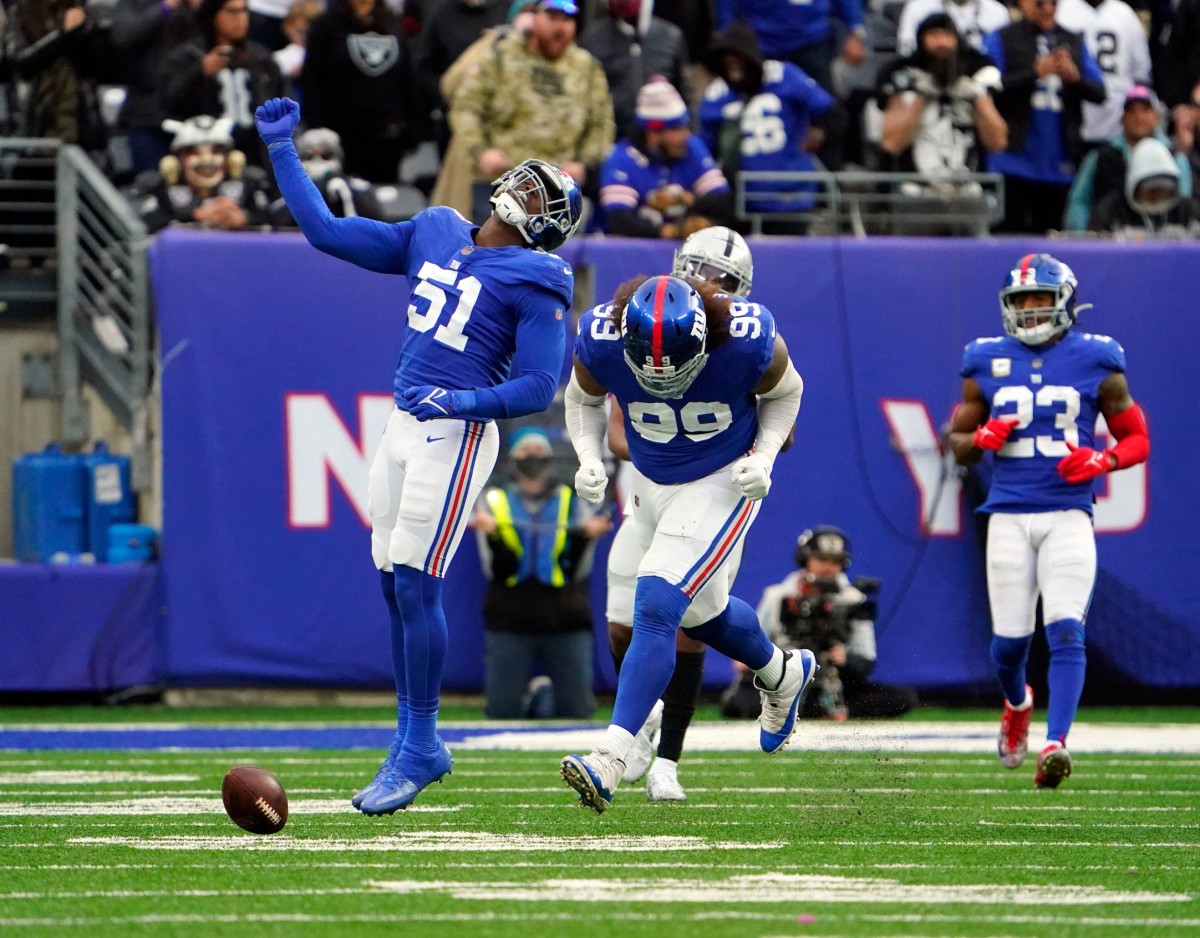
After seeing their homegrown pass-rushing tree dry up, the Giants tried to replant the seeds for new studs capable of getting home with the pass rush. So far, so good for Ojulari, who set a new franchise record for most sacks by a rookie (8.0), topping the previous record of 5.5 set by defensive lineman B.J. Hill in 2018.
Toney might very well turn out to be a draft steal as soon as this year, but was there any first-round draft pick in the league last year that had as disappointing of a rookie season as he did?
From dealing with injuries to mustering up 39 receptions for 420 yards and ZERO touchdowns, considering the Giants punted on drafting edge Micah Parsons and tackle Rashawn Slater at No. 11 to gain an extra draft pick in the first round this year, one would have hoped for better production from the first-round pick. Unfortunately all the Giants got out of him were a couple of firestorms resulting from some ill-advised social media activity.
Join the Giants Country Community
- Sign up for our FREE digest newsletter
- Follow and like us on Facebook
- Submit your questions for our mailbag
- Listen and subscribe to the daily LockedOn Giants podcast.
- Subscribe and like the new LockedOn Giants YouTube Channel
- Sign up for our FREE message board forums
